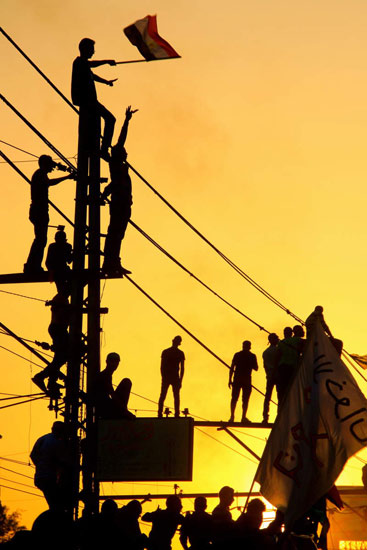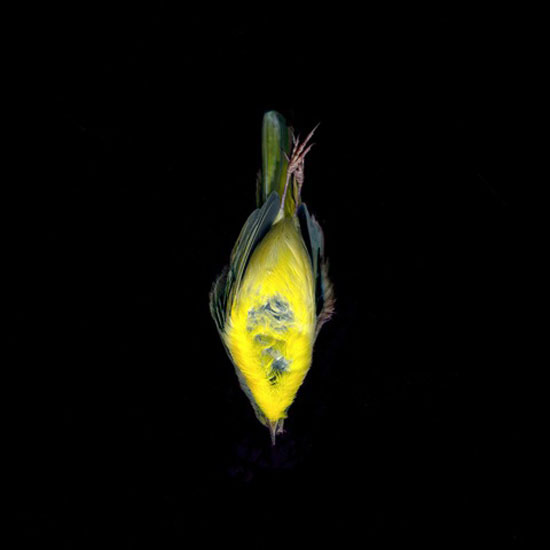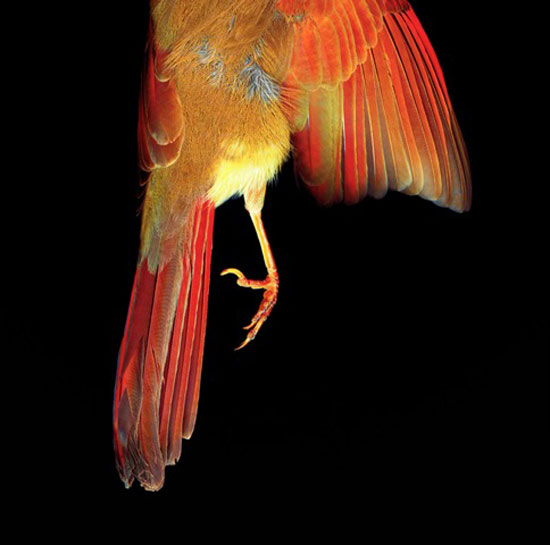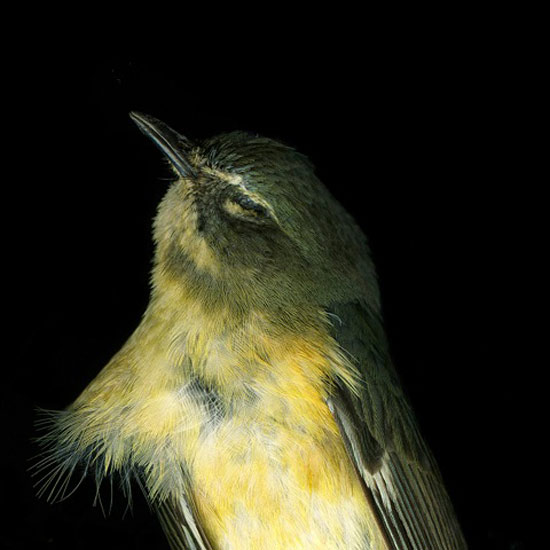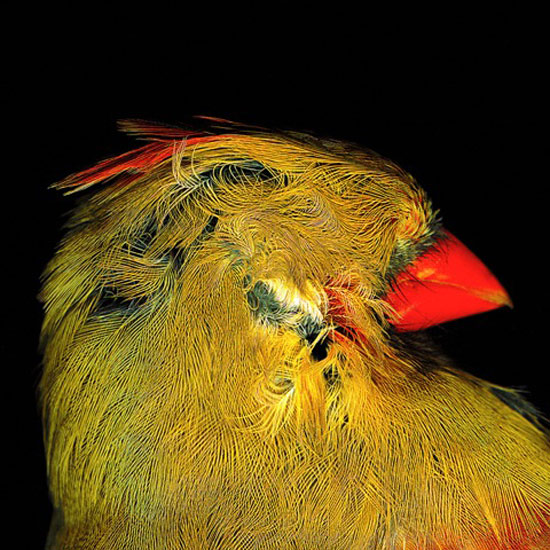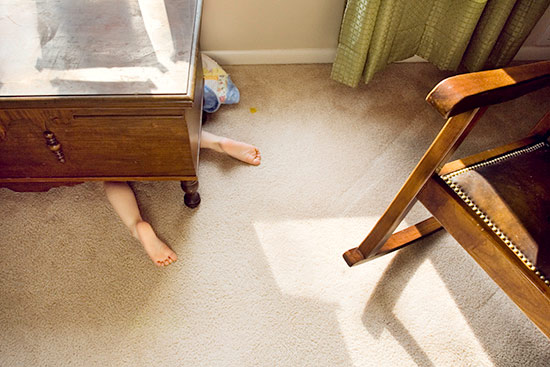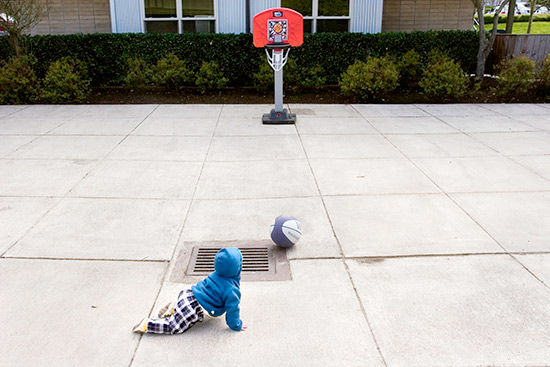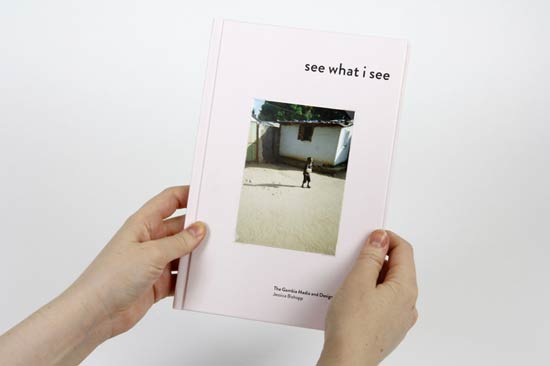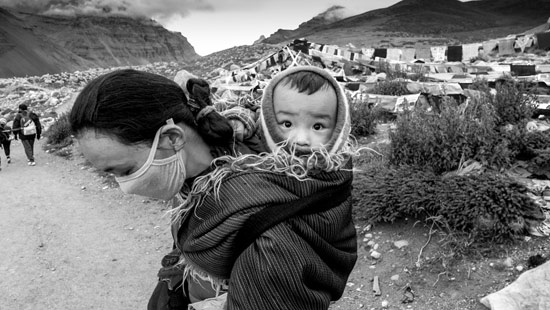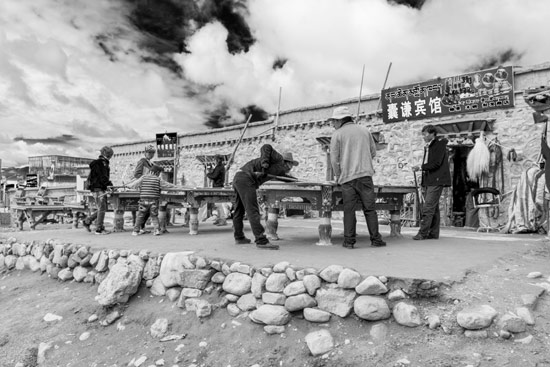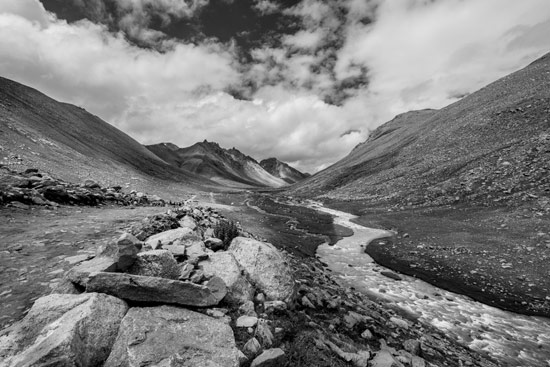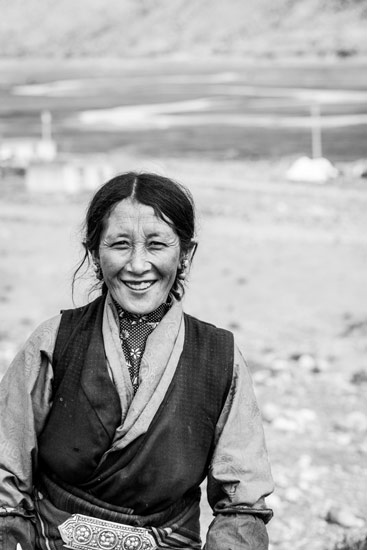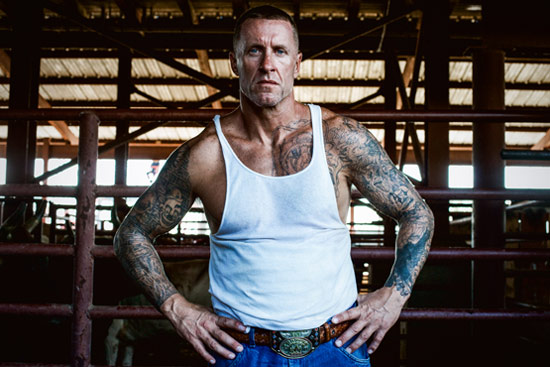 All images © Karim ShokairKarim Shokair
All images © Karim ShokairKarim Shokair and much of his imagery are exuberant, joyful, to say the least. Karim is from Cairo but is currently in Florence honing his photo skills. To quote him from his website "Your level of GRATITUDE will usually define the outcome of your day."
Karim has had a photo selected to be part of the 'Love' exhibition & catalogue at the
Darkroom Gallery in Vermont, USA, which opens on February 4th, 2014. Congrats!
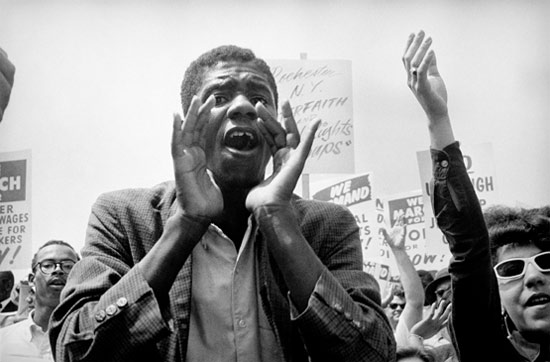
© Estate of Leonard Freed - Magnum Photos (Brigitte Freed)This Is the Day: The March on Washington, was published by Getty Publications to coincide with the 50th anniversary of the march which took place August 27, 1963. Magnum photographer Leonard Freed traveled to Washington that day and photographed the event that culminated in Martin Luther King's "I have a dream" speech.
'Black in White America,' an exhibition of Freed's work, is on now through February 22nd, 2014, at the Leica Gallery in Soho, New York.
View the full screen magazine photo feature.
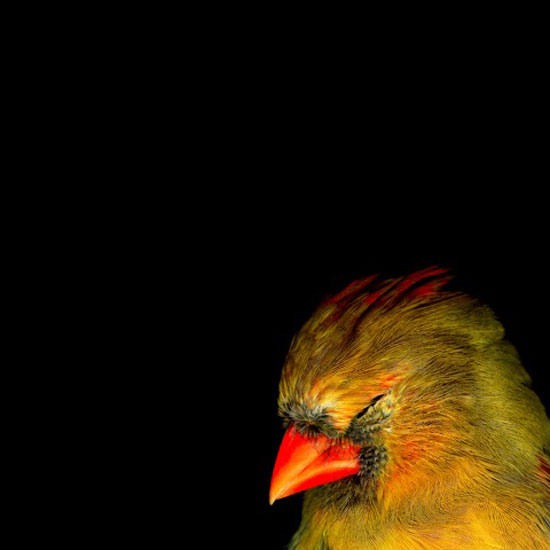
Cardinal © Joyce LopezThe photographers I met at
PhotoNOLA made me break all my own rules! "No dead birds," I said, but Joyce Lopez' project touched me. (See below for my compromise on "no children."
"Climate change is affecting migratory birds, others succumb to accidents, changes in available food, disease, etc. These birds are warning us about our impact on the environment, and to take responsibility."
Images from the series will be exhibited at the
Kiernan Gallery, Lexington, Virginia, opening February 7th, 2014.
News out of the UK this week:
Cameron to rip up green regulations. As
my old man commented, "Moving forward in leaps and bounds."
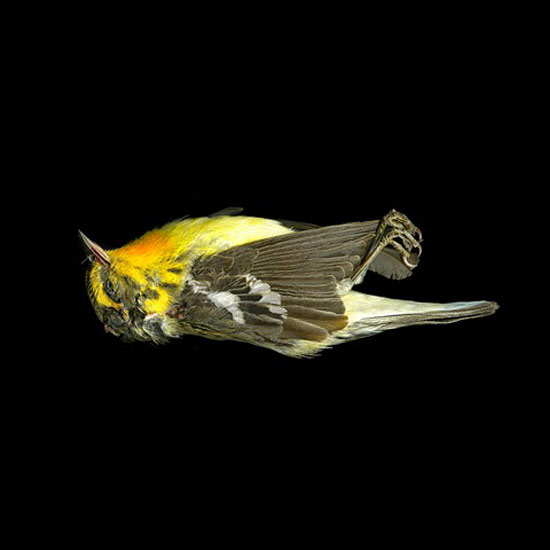

© Susanna GauntaCurator has a wide open submission policy but I do not publish pictures of children, horses, dead birds or religious iconography. Usually.
Susanna Gaunt, a photographer based in Duluth, Minnesota, made me laugh aloud with a wry look at her kids, when we met over a portfolio reviewing table in New Orleans last December.
PhotoNOLA was good value for me and the attendees.
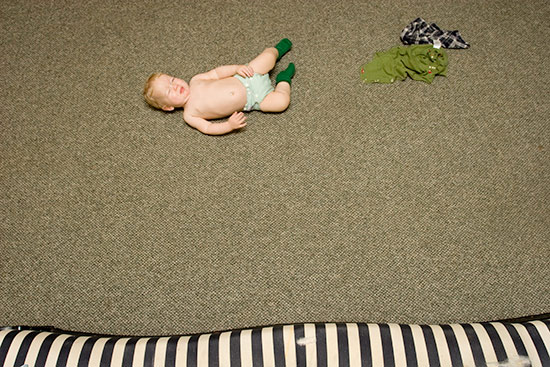
All images © Susanna Gaunt
Facility 183. From the series 'Prison Map.' Josh Begley
A couple of years ago, the amazing Pete Brook of
Prison Photography successfully
crowd-funded a cross-country trip "8,000 miles across America, interviewing photographers and prison experts who've documented and witnessed the era of mass incarceration." (I backed the project and as a recipient of the mixtape reward, can vouch for Pete's musical taste as well as his drive, as it were.)
Pete has now curated an exhibition which opens in Philadelphia this weekend. "Prison Obscura presents rarely seen vernacular, surveillance, evidentiary, and prisoner-made photographs, shedding light on the prison industrial complex. Why do tax-paying, prison-funding citizens rarely get the chance to see such images? And what roles do these pictures play for those within the system? With stark aesthetic detail and meticulous documentation, Prison Obscura builds the case that Americans must come face to face with these images and imaging technologies both to grasp the cancerous proliferation of the U.S. prison system and to connect with those it confines."
Presented by the
John B. Hurford '60 Center for the Arts and Humanities with support from the City of Philadelphia Mural Arts Program.
The exhibition opens January 24th, 2014, with a talk by Pete Brook at 4.30 pm. I strongly recommend you go if you can.
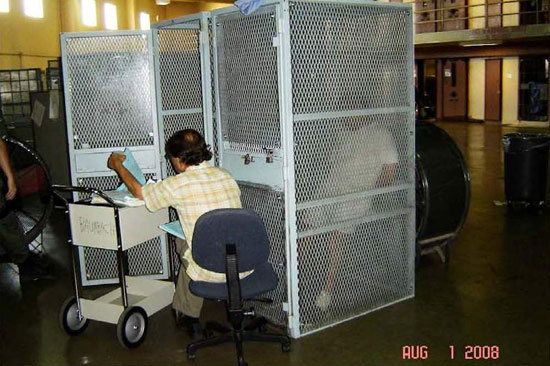
Clinical contact holding cage, Administrative Segregation Unit (ASU), C-Yard, Building 12, Mule Creek State Prison, California. August 1, 2008. Brown v. Plata. Photographer Unknown
Untitled, Green Hill School, Chehalis, WA. Steve Davis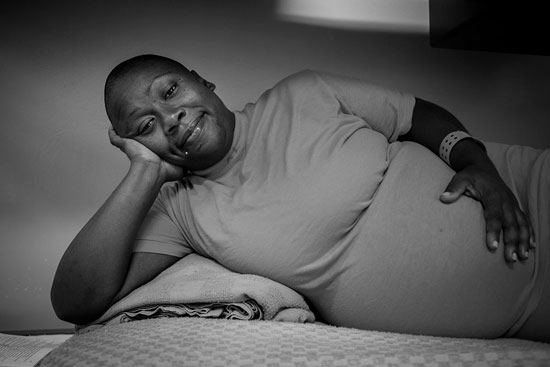
Tameika Smith, 22 February, 2013. From the series Take A Picture; Tell A Story. Robert Gumpert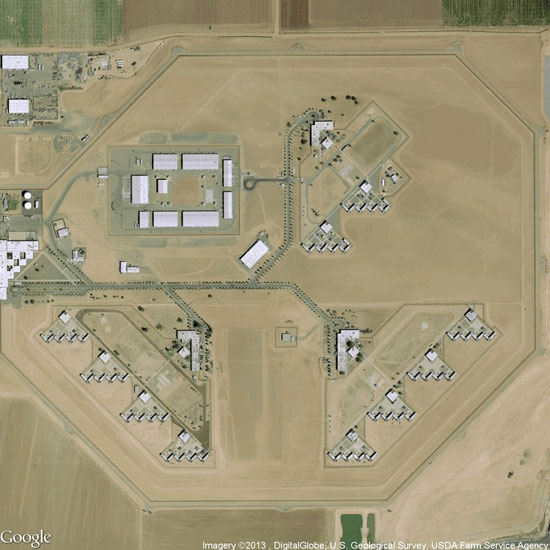
Proliferation, Paul Rucker
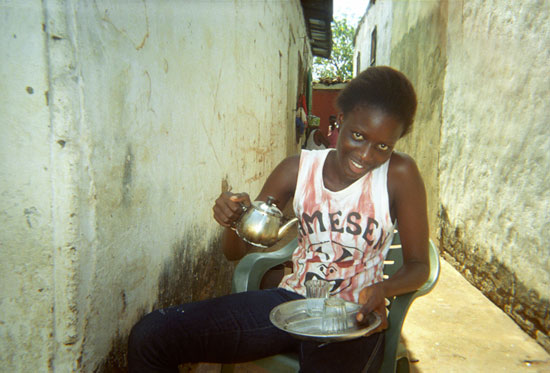
© Isatou'See What I See,' part of
The Gambia Media and Design Project, is "a collection of personal photographic insights into African life through the eyes of 18 Gambian students. The photographs are a result of several photography workshops that took place in The Gambia, organised and taught by
Jessica Bishopp. After the workshops all the students were given an open brief and a disposable camera to use over four days and 'See What I See' is the result!"
The photographs were exhibited in London in September 2013, the exhibition was funded by O2 Telefonica and the London College of Communication. The photographs are also published in a photobook, '
See What I See' is £20 with proceeds to Gambian charities.
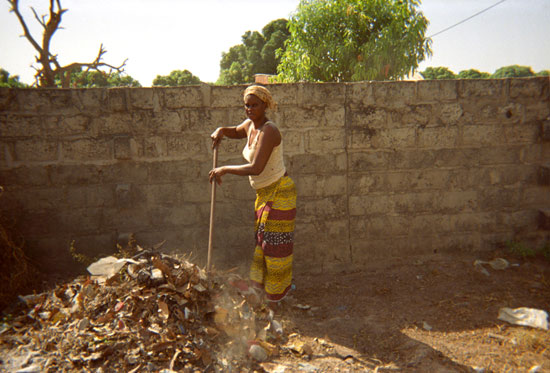
© Ismaila © Lamin
© Lamin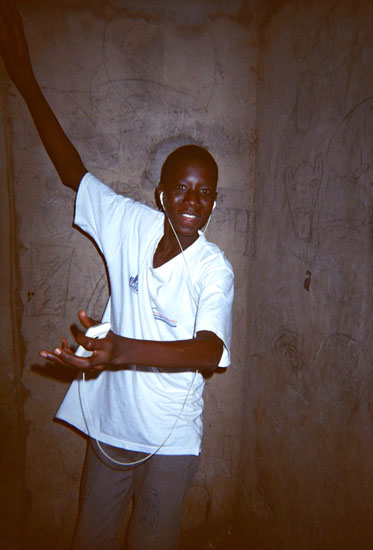
© Marianna Francese & Jaad Gaillet
Photos and text by Marianna Francese & Jaad Gaillet. "This joint project is part of the desire to represent the interior of a district of Istanbul, Tarlabaşı. This area is facing a process of urban renewal, the houses are emptied and destroyed in favor of the construction of hotels, offices and residences.
Tarlabaşı is a historical district that dates the 16th century and is the area where a very heterogeneous population is concentrated. Migrants from the east, Kurdish, Gypsies, Africans, Turks, Armenians and Greeks who live together and share their wealth and their poverty."
"The first homes in the area date back to the 1530's when the non-Muslim diplomats began to settle in the Ottoman imperial city. But it was not until the 1870's that Tarlabaşı became the place where the lower middle class of non-Muslims lived: Greek craftsmen, Armenians and Jews, shopkeepers, employees serving businessmen and diplomats around the 'Istiklal Caddesi' today the main boulevard for the shopping. Today, very few of the original non-Muslim residents remain in the area. In the early 1950's, waves of rural-urban migration from Anatolia led to profound demographic and socioeconomic changes in Istanbul. After the military coup of the 1980's with the consequent migration of Kurdish and the subsequent implementation of neo-liberal policies in Turkey, radical urban restructuring in Istanbul leaves its mark on Tarlabaşı. As in other major cities, the heart of Istanbul is destined to become the place for the exclusive upper classes, trade and business, and a paradise for tourists. Social diversity and cultural heritage, which are still the charm of this district, are doomed.
Located a few minutes from the famous Taksim Square and Gezi Park, it was in the labyrinthine streets of Tarlabaşı that the protesters refuged from the police during the last months of protests. Yet urban planning in Tarlabaşı has not generated the same enthusiasm of the people to defend this place, perhaps simply because many do not like this neighborhood because is dirty, dangerous... But the choice to defend Gezi Park - it is environmentally friendly, it is mostly symbolic face to the urban renewal campaign that hits Istanbul.
If Tarlabaşı is still a popular area with all its stereotypes, it creates a new situation that is more and more paradoxical. The tourist attraction it offers, including its proximity to Taksim or Istiklal or even the history of the place is of a big interest for those, the streets and people, authentic and proud still continue their activities as if the district will never change and others who determine the new wave of tourism and Tarlabaşı is torn between its complex identity, and the one imposed."
Mikkel Aaland graced
us previously with his fabulous
county fair portraits from the 1970s. Here we share a momentous journey that he made in August 2013 traveling from Nepal, through western Tibet, to Mount Kailash. Mikkel weaves his own personal story, visa woes, and family history in with his typically honest imagery.
Mikkel has collected these into a book 'Pilgrimage to Kailash, Tibet's Holy Mountain' which you can buy from
Blurb or get the iPad freebie through
iTunes.
It is 50 years since Michael Caine appeared in his first major film role, as Lieutenant Gonville Bromhead in 'Zulu.' Karsh worked on-set.
Not a lot of people know that.
Giles Clarke is a social documentary photographer based in New York City known for his work in Haiti, Bhopal, and with the Occupy movement. We met at Photoville in Brooklyn this summer and I am honoured to publish his work. His diverse career includes producing TV segments for Channel 4, and tour visuals for Paul Oakenfold. Clarke began his serious work and dedication to activism with a 6-week stint in Bhopal, India where he filmed and photographed the victims of the Union Carbide gas tragedy. Clarke continues working closely with the Bhopal Medical Appeal on raising awareness. An image from his series 'Prison Pit' made in El Salvador was featured in CNN's
A Year In Pictures.
Driving through the gates of the Louisiana State Penitentiary, or "Angola," is a chilling experience. This is the "Alcatraz of the South," a Manhattan-sized compound in a remote area north of Baton Rouge. When we arrived, we tuned into KLAS 91.7 FM--the only prison radio station in the country--and an inmate DJ proceeded to string off a long list of trivia about the prison. We learned that Angola is the largest maximum security prison in the country, that it has the highest percentage of prisoners serving life without parole, and that it's so big that it's the only prison with its own zip code. It also has its own fully functioning rodeo.
Angola opened in 1901 on a former plantation estate, quickly establishing itself as one of the toughest penal institutions in the country, responsible for overseeing the hardest criminal elements in the South, in a state with notoriously rigid laws. Conditions up until the early 70s were often described as "medieval and squalid," and prisoner protests were common. The current warden, Burl Cain, operates Angola as a "working farm," one of the most efficient in the state, stressing that "keeping inmates busy and working is the most important thing we try to do."
"The rodeo, which was first started in 1967, continues on because we see it as a vital tradition and good reward for the inmates who deserve to be here today. It's a big privilege to be allowed to take part in the rodeo, and they know that," said Warden Cain. "It also allows us to raise much needed funds for our rehabilitation programs." Photos and text by Giles Clarke.
Assisted by Lawrence Sumulong.




